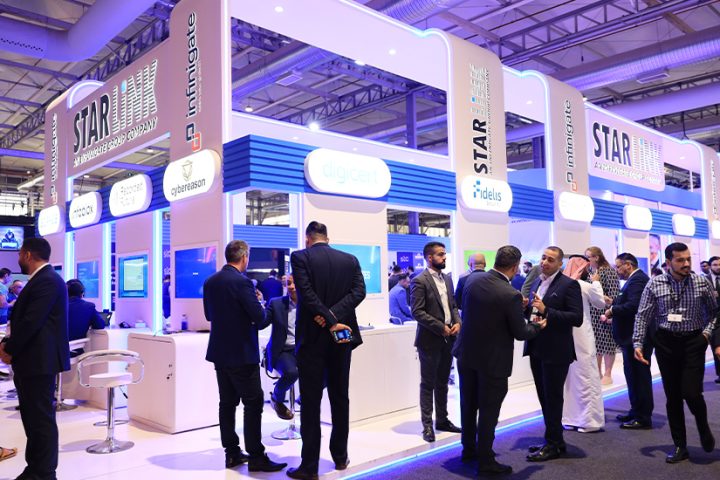The artificial intelligence and machine learning space is witnessing digital transformation and innovation acceleration as enterprises harness digital capabilities and position themselves for sustained business success in the post-pandemic era. With more artificial intelligence and machine learning solutions being introduced, organisational productivity is being elevated to entirely new levels.
Improved use of collected data through these same solutions is empowering enterprises to expand their market reach and presence, enhance their product and service offerings, and create new and innovative business strategies.
Obtaining computing power and overcoming data privacy, security issues also present problems
Together, artificial intelligence and machine learning are also driving growth and profitability, identifying trends and gathering insights, and supporting personalised and automated end-user experiences.
Besides the benefits artificial intelligence and machine learning deliver, challenges can also arise. In terms of enterprise challenges, data pipeline complexities can occur due to data being spread across different databases, as well the need to consolidate data from disconnected systems.
Access to high-quality data can prove difficult with enterprise data presenting somewhat of a bias problem, while obtaining required computing power and overcoming data privacy and security issues also presents problems.
Regarding datacenters, perhaps the most pressing challenge is meeting new performance requirements, with the need to implement the latest solutions into existing environments and predict evolving performance requirements exacerbating rapidly.
Access to high-quality data can prove difficult with data presenting somewhat of a bias
For organisations implementing solutions, there are several best practices to consider and apply. From the outset, companies should set business goals and share them with stakeholders, gather and prepare required data for their project, and develop artificial intelligence and machine learning models according to their goals.
Moreover, they should deploy models during the application development process while monitoring and managing models for accuracy purposes. In terms of measuring returns on investment ROI, businesses can factor in all of their costs, refer to success indicators defined prior to initial implementation, assess outcomes by collecting data, and establish links between outcomes and analytics.
Need to implement latest solutions and predict performance requirements can exacerbate rapidly
Several vertical markets have already demonstrated their suitability and preparedness for early artificial intelligence and machine learning adoption, as well as ROI. From a Red Hat standpoint, Red Hat OpenShift has been the driving force behind these trends, running containerised workloads while developing related workflows and applications.
Already through artificial intelligence and machine learning use cases, healthcare has witnessed increased clinical efficiency and improved patient outcomes, financial services players have improved risk analysis and personalised customer services, and telecommunications providers have optimised 5G network performance while enhancing customer experiences.
The automotive, insurance, and energy markets are others well-suited for early artificial intelligence and machine learning adoption.
From a Red Hat perspective, Red Hat OpenShift empowers enterprises seeking to build artificial intelligence artificial intelligence and machine-learning machine learning workflows and intelligent applications.
With datacenters the most pressing challenge is meeting new performance requirements
Capable of providing agility, flexibility, portability, and scalability across the hybrid cloud simultaneously, OpenShift represents an invaluable gateway for developing and deploying machine learning models and intelligent applications into production quickly and effectively, delivering integrated DevOps capabilities for independent software vendors ISVs via Kubernetes Operators and NVIDIA GPU-powered infrastructure platforms.
This combination not only helps enterprises simplify the deployment and lifecycle management of artificial intelligence and machine learning toolchains, but also supports hybrid cloud infrastructure in its entirety.
Data pipeline complexities can occur due to data being spread across different databases, as well need to consolidate data from disconnected systems.



















